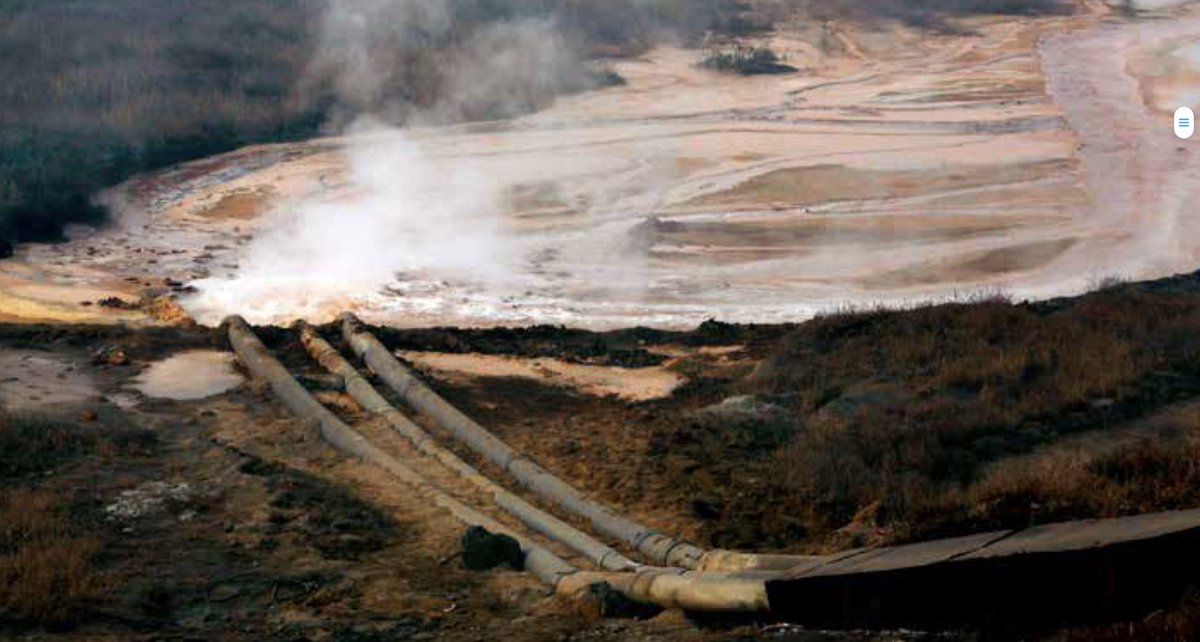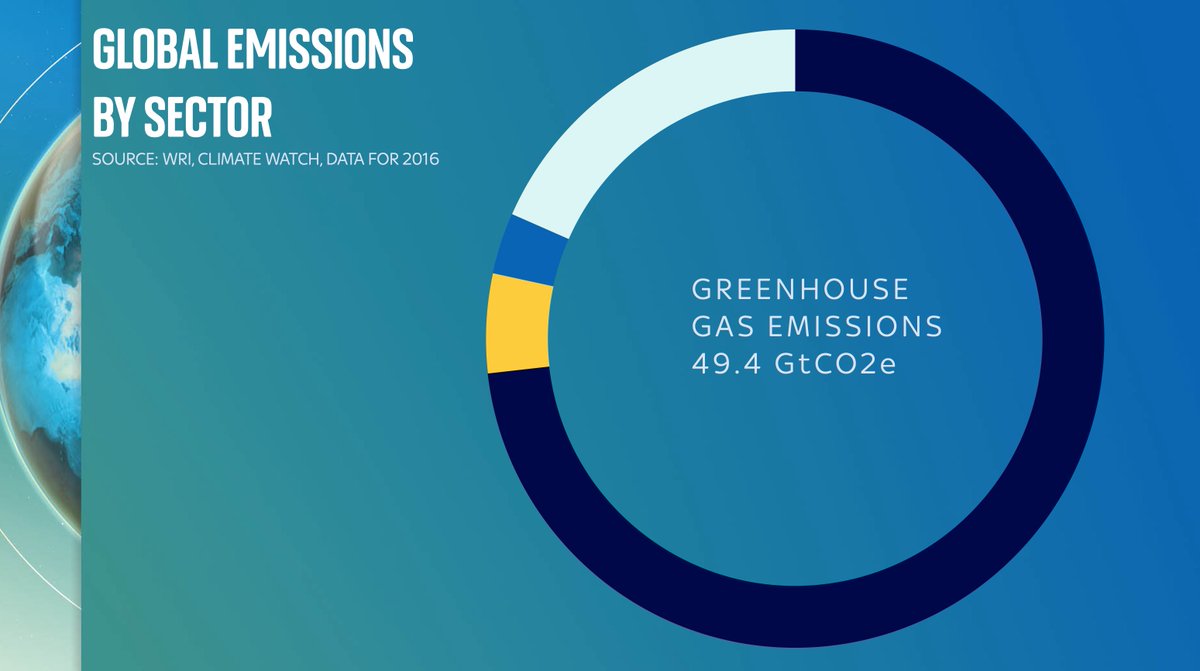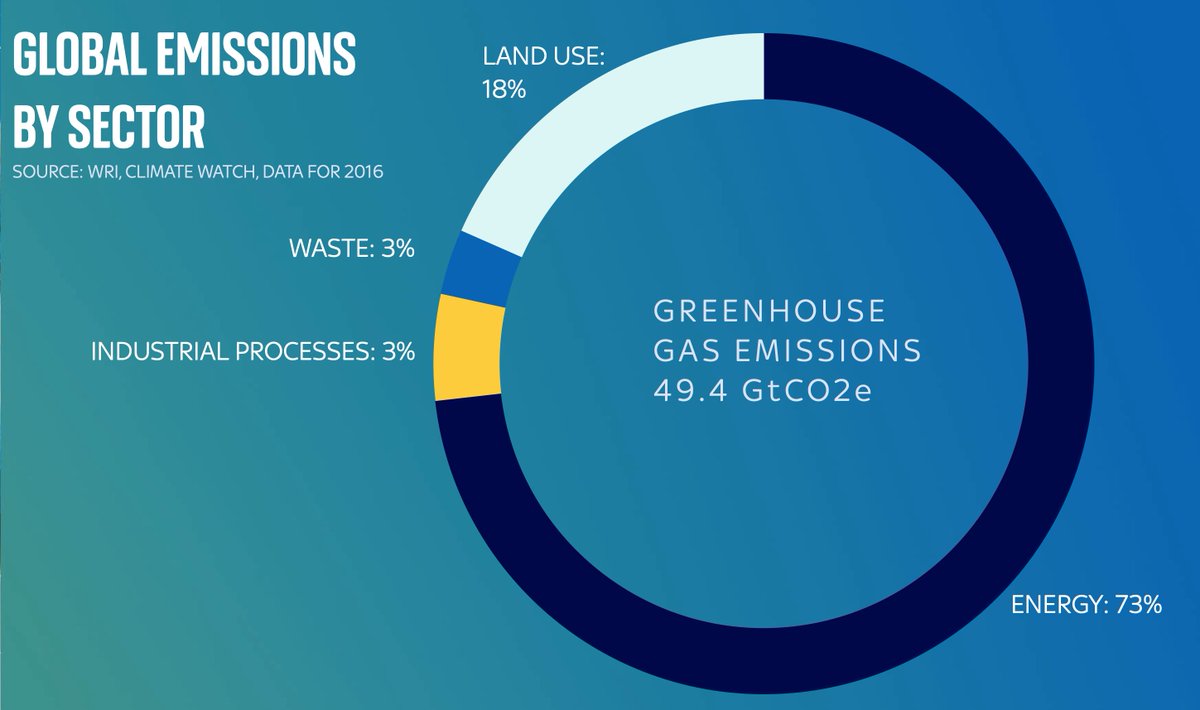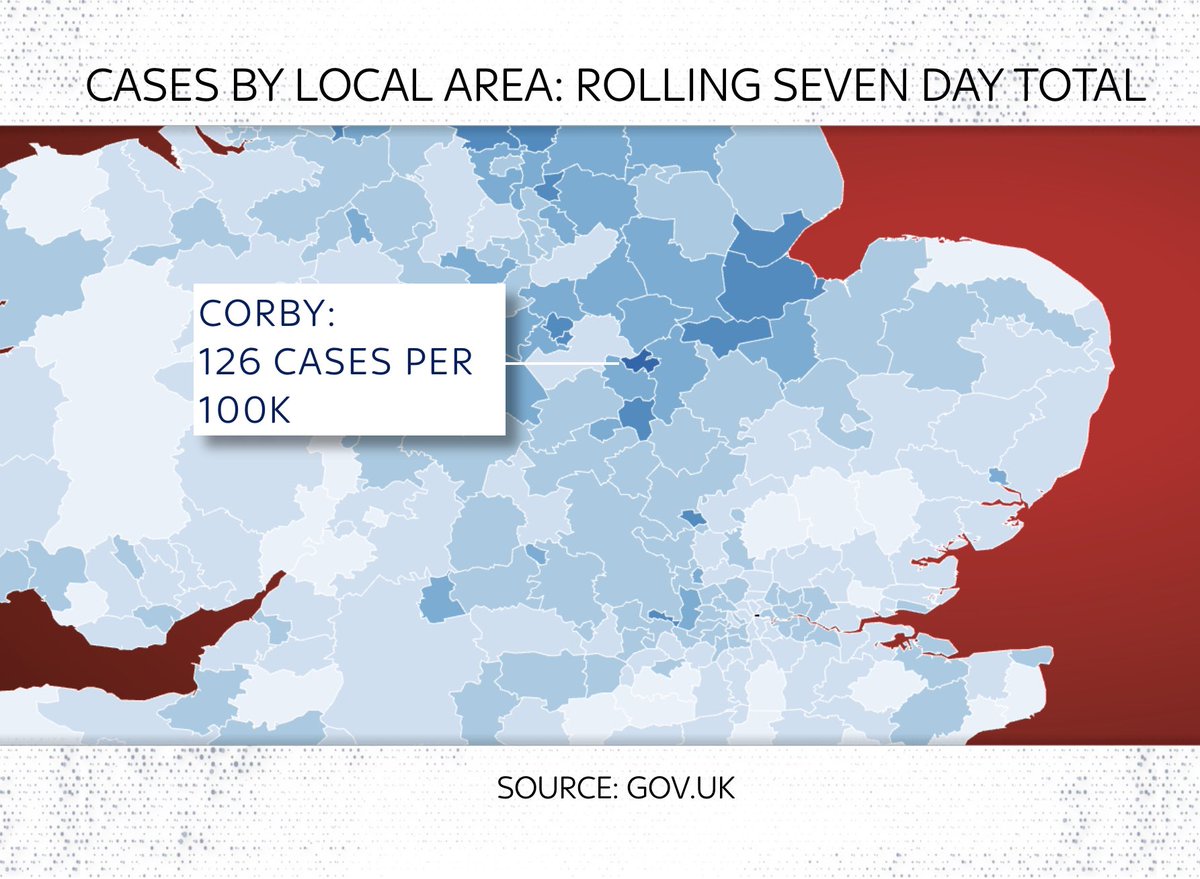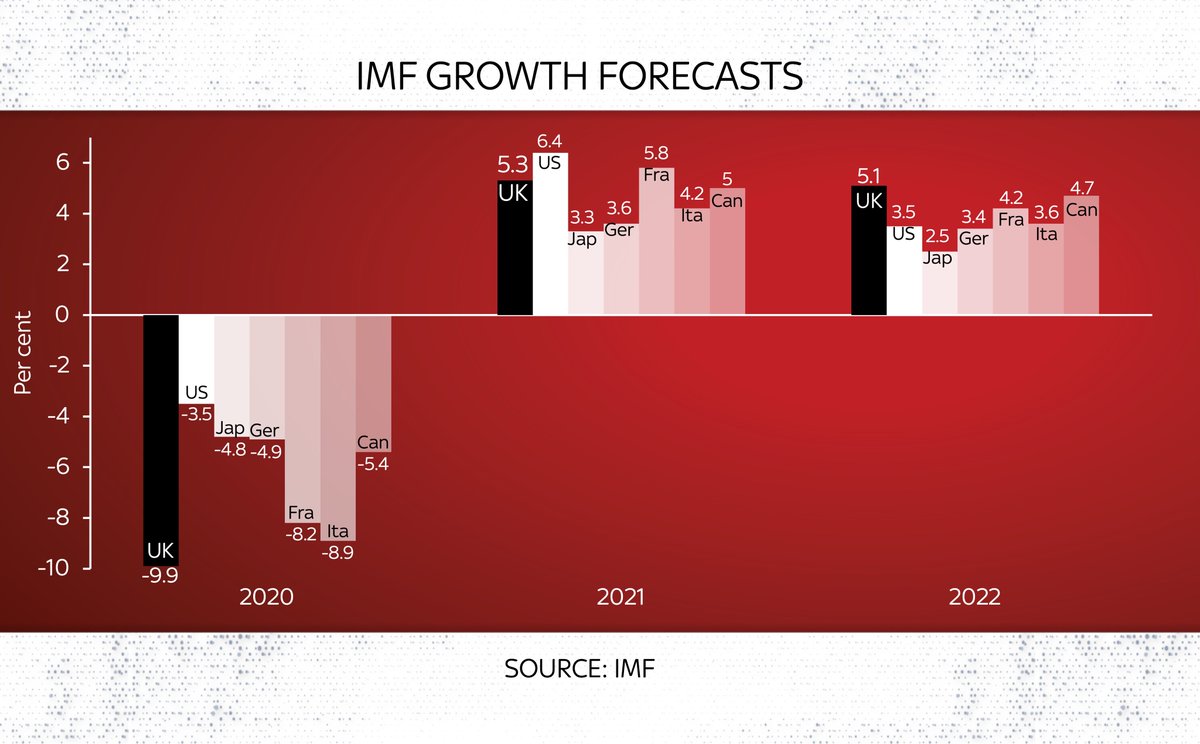
How have you spent your Saturday? I’ve spent most of mine jumping around in front of a @skynews screen trying to make sense of the actually-rather-interesting local/Scottish/Welsh/London and a few other elections today.
Here’s something I did on Scotland:
Here’s something I did on Scotland:
Now, in case it wasn’t already clear, the problem with trying to use these election results as an argument either FOR or AGAINST another independence referendum is that, well, there’s no such thing as an automatic trigger or rule about these kinds of things…
On the one hand, the SNP has had another very strong election. They’ve increased their share of the vote for the fourth successive election. Given the extraordinary share of the vote they already have, that’s pretty, well, extraordinary. 

On the other hand, the SNP didn’t get more than 50% of the vote. Or an outright majority in Holyrood (as they did in 2011, something which helped precipitate the 2014 referendum). That said, combine the SNP with the Green Party and that’s a pro-indy majority in Holyrood.
But now look at the share of the vote across Scotland’s Holyrood constituencies and you get a different picture. Tot up the constituency votes and the anti-independence parties have more than 50%. Which would seem to argue against there being a “popular mandate” 

But it’s not that simple. Don’t forget, this isn’t a simple first past the post election. You vote once for constituency MSP and once for a party list. And while most CONSTITUENCY votes (51%) went to anti-Indy parties, most LIST votes (52%) went to pro-Indy parties.
Finally, let’s tot up EVERY vote, constituency AND list. Now you end up with around 50.5% of total votes for pro-indy parties
In short, both sides can claim a popular majority, depending on how you slice it.
But it’s two out of three for the pro-Indy side.
In short, both sides can claim a popular majority, depending on how you slice it.
But it’s two out of three for the pro-Indy side.
Does any of this really constitute a mandate anyway?
Were people really voting based only on their appetite or otherwise for independence?
Is this data ultimately a bit meaningless?
Regardless of what you think, one suspects it’ll be chewed over for some time to come…
Were people really voting based only on their appetite or otherwise for independence?
Is this data ultimately a bit meaningless?
Regardless of what you think, one suspects it’ll be chewed over for some time to come…
• • •
Missing some Tweet in this thread? You can try to
force a refresh




